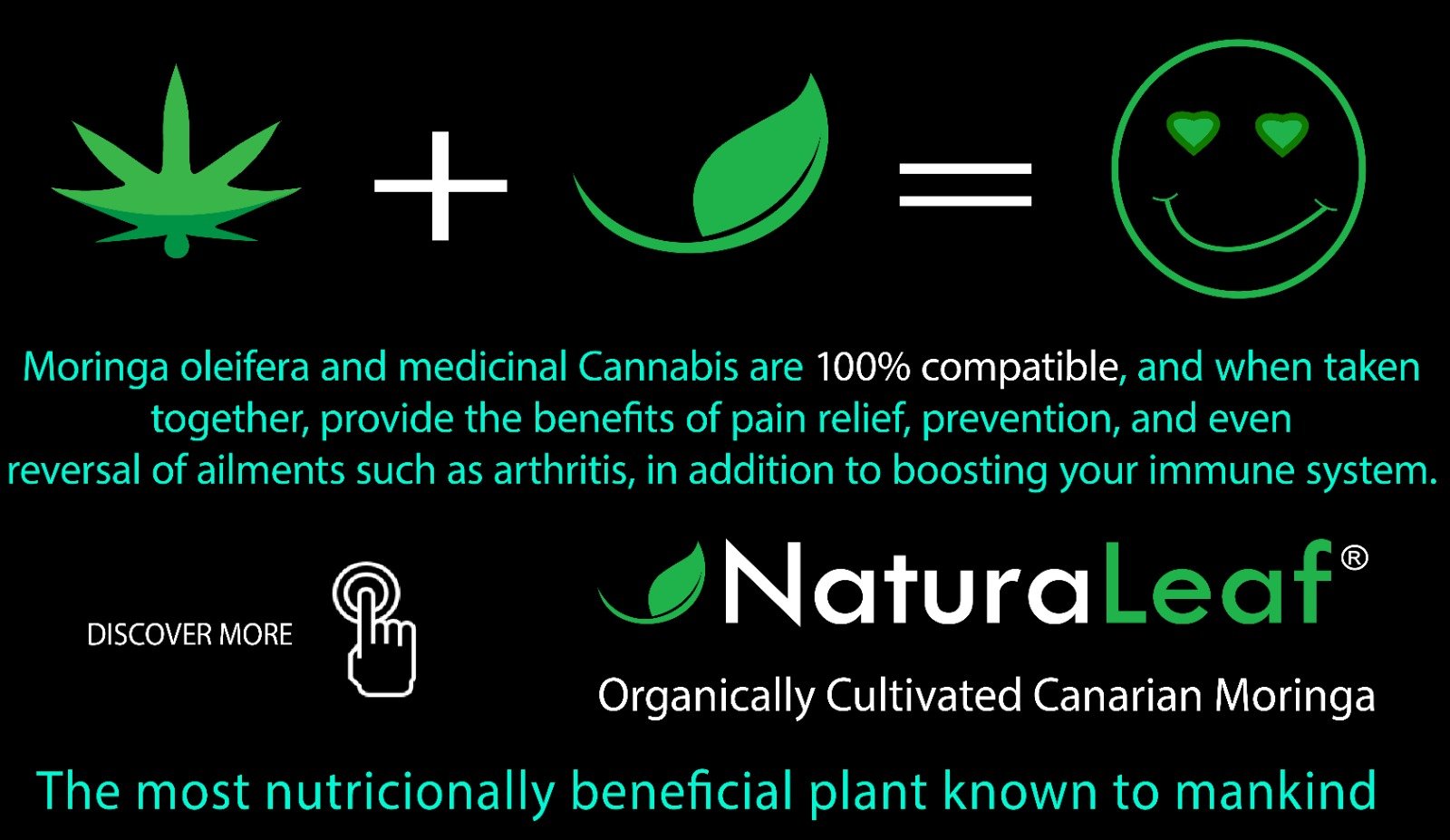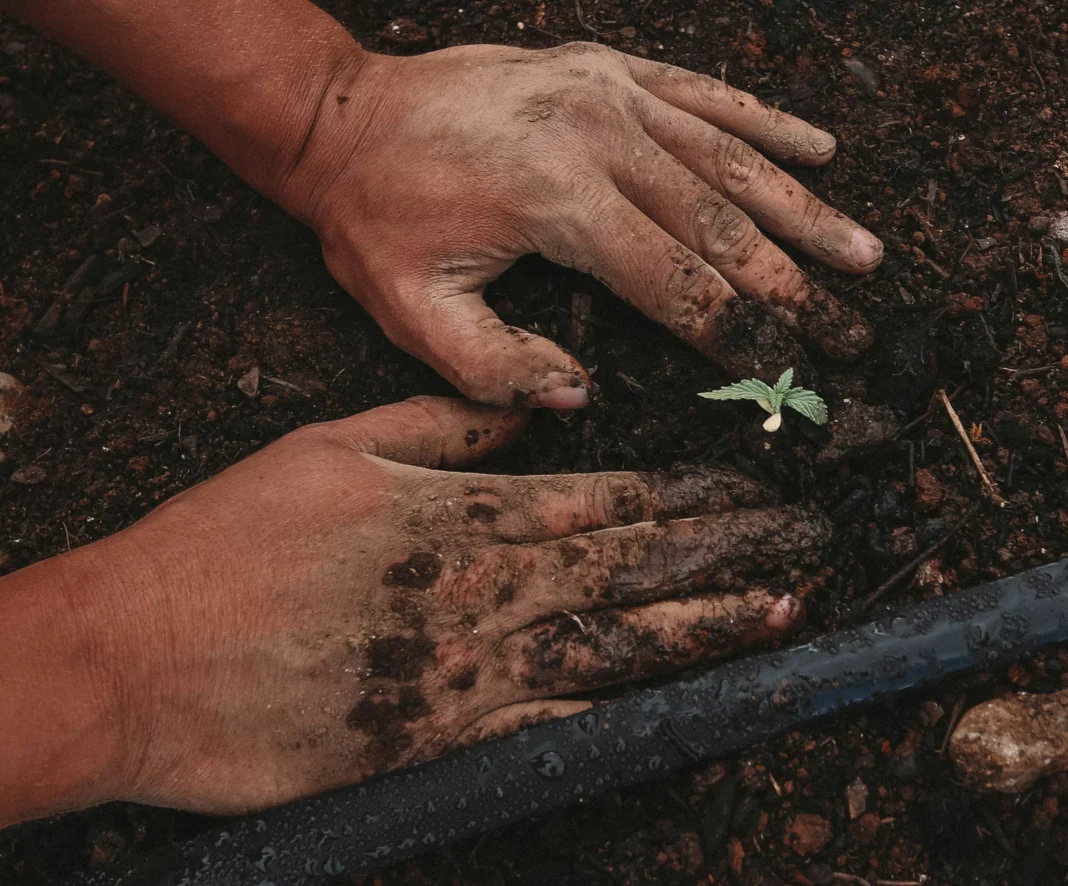The European Commission has proposed a massive overhaul to the hemp regulations in Europe. This could be a game changer for how hemp will be recognised, traded and financed.
The proposed law would take effect in 2027 if it were to become law. Then, you can see the whole picture. Not only the stems and seeds of hemp, but also its flowers and flower buds would be considered agricultural products, with THC levels increasing to 0.5%.
In a nutshell, this would not only provide much-needed legal clarity for hemp farmers and traders, but by recognising hemp flower, leaves and extracts as agricultural products, grant farmers far greater access to the €55bn a year ‘Common Agricultural Practice’ (CAP) subsidies pot, which represents over a third of the entire EU budget.
Although these legislative proposals offer great promise for businesses focusing on hemp in all parts of the European Economic Area, they will have to navigate the complicated and extremely bureaucratic labyrinth that is the European Parliament.
What has happened?
In a Multiannual Finance Framework (MFF), the EC re-works and revamps its huge financial budget to benefit EU member countries every 7 years.
Currently, the commission is working on a new budget ahead of the next revision in 2027, setting out provisions ‘with which the annual budget of the EU must comply’, and setting ‘expenditure ceilings for broad categories of spending’.
The EC released details on July 16 of the upcoming budget changes and the spending commitments that it proposes for the seven-year period (2027-2034).
The CAP has historically been the biggest component in the EU budget. Its share dropped from 70% to 25% between 1980 and 2023.
This year, in a controversial step, agricultural budgets have been slashed by around €86bn as more money is funnelled towards defence spending. Further, the CAP has been integrated with previously distinct budget programmes such as agriculture policy, cohesion policy, fisheries policy, social policy and rural development.
What is the relevance of this to hemp? Due to the fact that agriculturalists and farmers in Europe have long held disproportionate power, the deprioritization of the proposal and its funding will likely cause a lot of controversy, and amendments may be made.
READ MORE Hemp seeds from Europe, newly approved and delivering record levels of CBD
Americo Folcarelli who is a veteran of the CBD and hemp industries and has been in business for over ten years believes that these changes will be implemented.
The last time that the European Union decided it was going to screw up farmers, people ended burning down Paris”, said he.
Francesco Folcarelli said that his son Francesco, who worked with him since 2018 added, “I don’t think hemp is the hill people would die on in order to stop it going forward.”
What’s the proposal?
The MMF has plans for reforming the CAP, including the regulation of hemp.
Directly citing the 2020 Kanavape case, in which a decision from the European Court of Justice (ECJ) saw the European Union remove its designation as a narcotic, the text concedes that ‘inconsistencies among member states’ (see Italy’s outrageous crackdown for context), limit ‘full plant utilisation and economic potential, especially concerning flowering tops’.
The proposals aim at:
- Clarify the legal framework across Europe
- Eliminate market fragmentation due to divergent national regulations
- To ensure that hemp can be used by farmers to produce products, the entire plant must remain under strict protections for public health.
Specific changes include:
- The leaves, flowers, roots, and other parts of hemp are classified as agricultural product (CN Code 1211 90 86)
- Hemp products can be produced and sold by farmers in the EU subject to CAP regulations.
- The maximum THC concentration is 0.3% for all products.More on this Below)
- The EU Common Catalogue is the only place where varieties that comply with THC regulations can be grown.
- All cultivation must use certified seeds (with exceptions for conservation types).
- In order to import, hemp fibre and seeds for sowing need proof of ≤0.3% THC and certification.
- To prevent the misuse of imported seeds that are not intended for sowing or planting, importers must be authorised.
Crucially, this:
- The prohibition of narcotics is confirmed, with the exception of controlled medical/scientific uses.
- Clarifies CBD hemp and products with low THC content are not considered narcotics by UN conventions.
The limit has been raised from 0.3% THC to 0.5%
Since years, the 0.3% limit on THC has caused a lot of controversy among hemp farmers. Some states such as Switzerland and Czech Republic have introduced much higher THC limits.
This is a crucial step to ensure that the plant will be used only for industrial purposes and not to intoxicate. However, because of global warming, the threshold can often be exceeded without the fault of the farmer, forcing them to destroy their crop.
Officially, the EC proposes that a 0.3% limit be kept, however, days before they were released, the European Parliament Agriculture Committee (AGRI), adopted a stance that pushed for it to be increased to 0.5% in order to protect the farmers.
EU To Investigate Italy’s Hemp Crackdown As Italian Courts and Industry Participants Mount Opposition
This position, although not legally binding on the committee that is responsible for the amendment of 0.5% in the European Parliament, indicates a strong level of political pressure.
MEPs should now be able to amend the draft law to include the 0.5% limit.
The issue would then be discussed with EU governments in the Council if the Parliament approves it at the beginning of 2026. Some countries will likely support the increased limit while others may remain against. In these talks, the final number will be determined.
What does it mean to farmers?
These proposals may have an impact on not only farmers but the whole industry.
Americo said: “This is a huge step forward.” Years ago, there was a debate about whether the flower is part of the whole plant. The conversation has shifted now that we say it’s true.
The biggest benefit is that hemp becomes more appealing to investors. They can look at it and say: ‘Okay, maybe we can get some of our money back through subsidies and support’. Regulation reduces the risks.
“Standardisation” also means it is no longer a political issue at the local level. Because of the unified EU structure, different governments will not be able switch between pro and anti-hemp positions. This gives investors and farmers more security.
Francesco continued: “The good news is, that in case this passes, European Farmers everywhere will be treated the same as any other farmer, regardless of whether they grow oranges, oregano, or anything else. “They can get government grants, and other things like that, just as their neighbours.”
The two raised questions about the enforcement of these rules on the street and whether the police in the EU would have any means to tell the difference between cannabis and hemp (which is not the norm historically), but it’s undoubtedly clear that this move represents a significant step for the industry.




